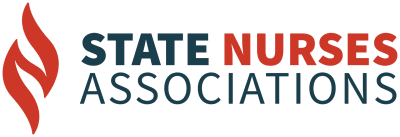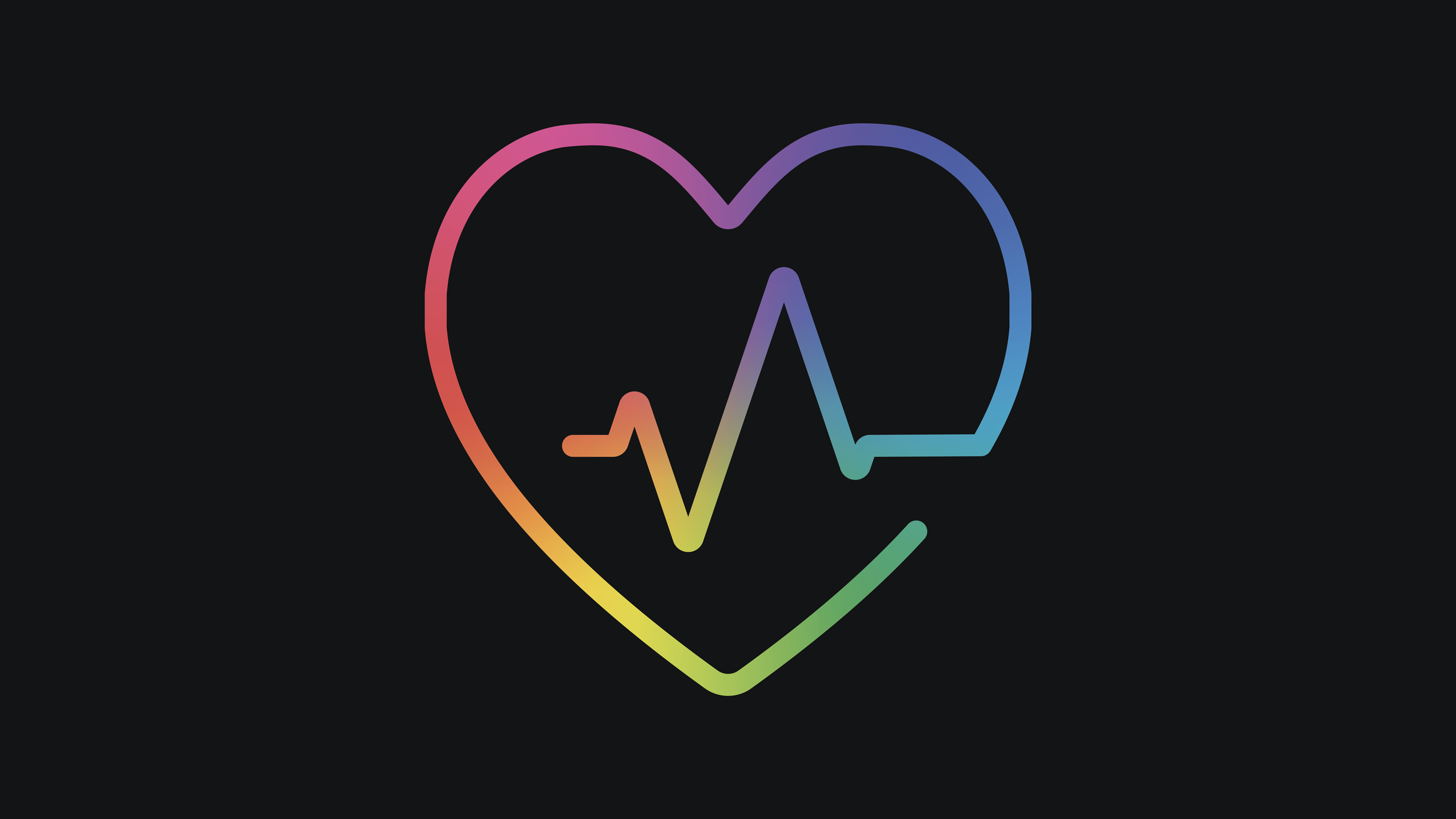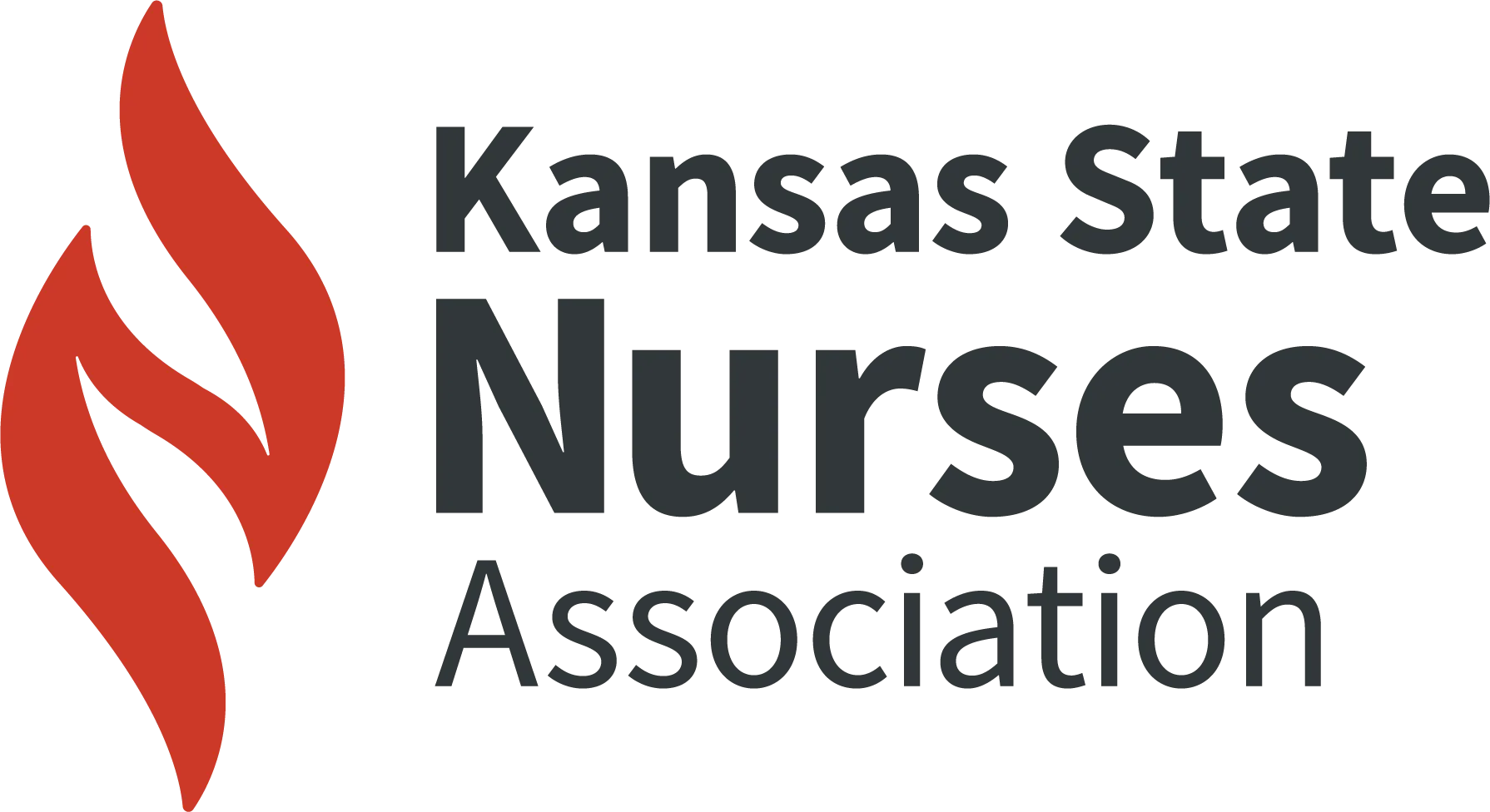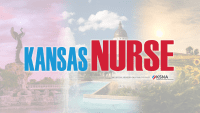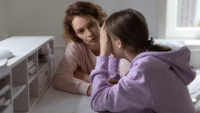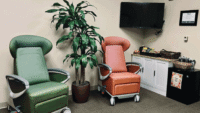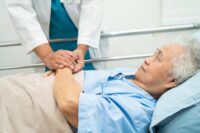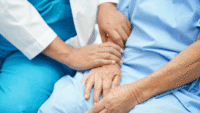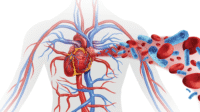IN THE U.S., over eleven million adults identify as LGBTQ+, and 70% report experiencing discrimination from healthcare profes-sionals (Newport, 2018; Brown et al., 2017). Current nursing curriculums allocate an average of only 2.12 hours to LGBTQ+ content (Cornelius et al., 2017). To address this, a 7.5 contact-hour educational seminar was provided to Emporia State University Nursing students.
Curriculum Gap and Rationale
Nursing students require training for culturally competent care, yet existing curriculums fall short. LGBTQ+ topics are often limited to disease-related content, neglecting patient-centered health promotion (Lim, Brown, & Kim, 2014). The educational seminar aimed to fill this gap, emphasizing gender diversity and barriers faced by the LGBTQ+ community, ensuring students are prepared to provide culturally competent care (Cornelius et al., 2017).
Importance of Implementation
With the LGBTQ+ community facing significant health disparities, education is crucial. Nurses, often the first point of contact, must be equipped to provide inclusive care. Educating nursing students is a vital step in addressing this gap, positively impact-ing health outcomes for patients, families, and society (Lim & Hsu, 2016).
New Insights and Creative Approaches
The educational seminar introduced gender diversity to students using innovative methods, including guest lectures, case studies, and potential clinical integration. This approach challenges biases and broadens understanding, fostering improved health outcomes for diverse populations.
Student Findings
In assessing the student needs and teaching effectiveness of our educational seminar on LGBTQ+ health, a qualitative study was conducted. Students participated in a questionnaire to evaluate their current knowledge of LGBTQ+ patients and medical needs, comparing it with their post-seminar sentiments.
The responses highlighted that while the majority felt comfortable and knowledgeable about LGBTQ+ terminology, many were unaware of the unique healthcare challenges faced by this community. Intriguingly, all students expressed pre-existing comfort in caring for LGBTQ+ patients, noting, “I see them as no different from anyone else.” However, when asked about institutional preparation, the overwhelming consensus was a lack of specific training, with comments like, “I don’t feel like we have anything geared towards this community.”
Despite unanimous agreement on the importance of LGBTQ+ health in nursing curriculum, opinions diverged on the best approach. Some advocated for integration throughout the curriculum, while others felt a dedicated one-day seminar was sufficient.
Conclusion
This underscores a significant gap in nursing education regarding LGBTQ+ health. Addressing this gap through innovative approaches aims to produce culturally competent nurses, thereby positively impacting health outcomes for diverse populations and achieving the ultimate goal of producing culturally competent nurses.
References
American Nurses Association (ANA) Ethics Advisor Board. (2018). ANA position statement: Nursing advocacy for LGBTQ+ populations. The Online Journal of Issues in Nursing, 24(1). Retrieved from https://ojin.nursingworld.org/MainMenuCategories/ANAMarketplace/ANAPeriodicals/OJIN/TableofContents/Vol-24-2019/No1-Jan-2019/ANA-Position-Statement-Advocacy-for-LGBTQ.html
Brown, C., Keller, C. J., Brownfield, J. M., & Lee, R. (2017). Predicting trans-inclusive attitudes of undergraduate nursing students. Journal of Nursing Education, 56(11). https://doi.org/10.3928/01484834-20171020-05
Cornelius, J. B., Enweana, I. Alston, C. K., & Baldwin, D. M. (2017). Examination of lesbian, gay, bisexual, and transgender health care content in North Carolina schools of nursing. Journal of Nursing Education, 56(4) https://doi.org/10.3928/01484834-20170323-06
Lim, F. A., & Hsu, R. (2016). Nursing students’ attitudes toward lesbian, gay, bisexual, and transgender persons: An integrative review. Nursing Education Perspectives, 37(3). https://doi.org/10.1097/01.NEP.0000000000000004
Newport, F. (2018). In the U.S., estimate of LGBT population rises to 4.5%. Gallup. Retrieved from https://news.gallup.com/poll/234863/estimate-lgbt-population-rises.aspx
